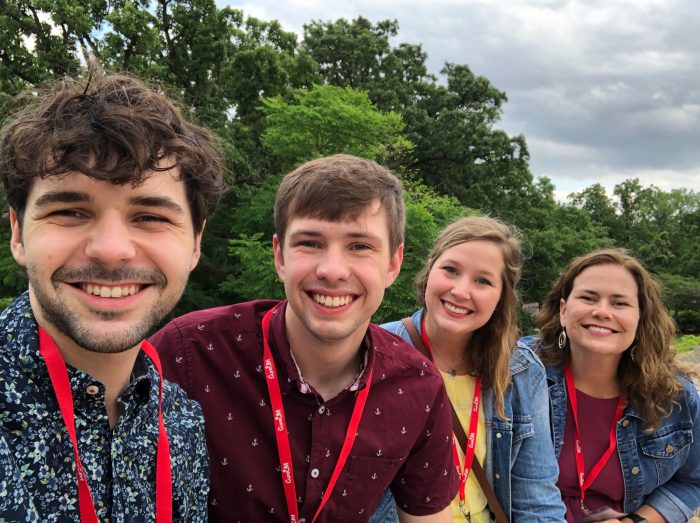
Digital and social media have not just changed the day-to-day routines for sports journalists. They have raised the expectations the journalists are facing as well.
The interviews suggest a profession in which journalists feel they are always on the clock, always glued to technology in some capacity so that they don’t miss news—reflecting Alfred Hermida’s notion of ambient journalism, in which news is always happening, always being updated, and always a part of the online environment.
These pressures, the data suggest, are coming from within the news organization. Reporters I’ve spoke about the expectations their editors have for them for publishing news online, being active on social media. At times, it was explicit. Two reporters said they knew they were being evaluated in part on their digital output, and another said that he knew if he didn’t post something online after his team’s practice, he’d get a phone call from editors. At times, it was implicit.
This general understanding is that this is how the job is supposed to be done now. The interview data suggest that the editors’ expectations come from higher up within the news organization (publishers, executive editors, etc.), and that those expectations are coming as a reaction to the greater media world. The changes, then, are what Boczkowskiwould call reactive traits. Sports journalists are following the technological and social trends rather than leading them. The data also suggest that sports journalists are copying what they see as successful practices from within the profession, an example of what organization sociologists call mimetic isomorphism.
In addition, digital and social media add a new layer to reporters’ work. Reporters have more autonomy in their work online, particularly on Twitter, than they do in their work for print. The autonomy means they are making decisions about what news to publish, when to publish it, and to what platform. These decisions suggest a new layer of the typification that Tuchman described a generation ago. In addition to the five levels of typification Tuchman found—hard news, soft news, breaking news, spot news, developing news—the interviews suggest that publication platform becomes a second kind of typification. What is the best combination of platform and content? Is the content best delivered in a 140-character tweet, is it more suited for a full-fledged feature story, or does it fall somewhere in between? Reporters and editors are asking themselves questions like this throughout their days.
An example of this tendency was one reporter’s story he had recently written about the goaltender on the pro hockey team he covered. After interviewing the goalie in the locker room, he decided that what the goalie had said was newsworthy enough to post to Twitter. He posted two quotes from the interview to his Twitter feed. He then posted a blog entry based on his interview (with the audio of the interview embedded into the post), and then wrote a traditional story. This process is typical of the sports journalists interviewed. This new typification is part of journalism-as-process model in action, in that journalism is not a story or a one-time act in the digital age. It is an ongoing process.
The interviews show that social media — Twitter in particular — are being used as a vehicle for brand building. Reporters are interacting directly with readers and posting news to Twitter in part to help build their own brands as an authority, as a place to get consistently updated news that readers care about. Several of the editors interviewed said they encouraged this thinking because a reporter who is branded as an expert on a beat will draw followers and readers to the news organization. One of the core conflicts in the interviews came from the practice of reporters breaking news on Twitter rather than on their newspaper’s website, which gets at the issue of branding, of who owns and gets credit for breaking news — the news organization, the reporter, or Twitter? Along with being a change to routines, this practice also suggests a new emerging value for sports journalists: the reporter as a branded expert.
(This is the part of a series of blog posts about sports journalism that comes from my 2014 dissertation, “Rooting for The Story.” Since it’s been a few years, and what’s been peer-reviewed and published from this is already out there, I’d rather post some of my findings here rather than let them linger in some library forever.)


